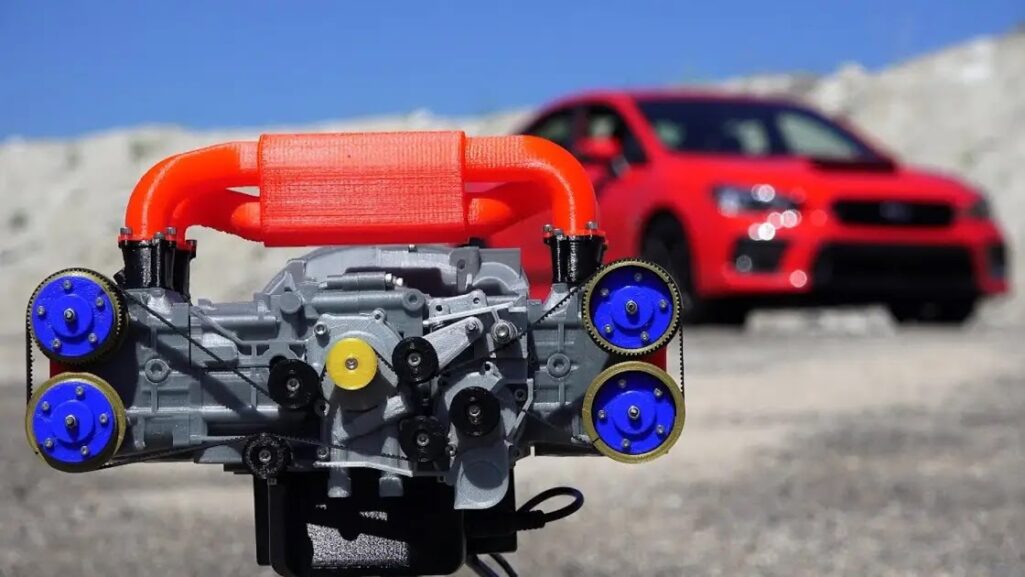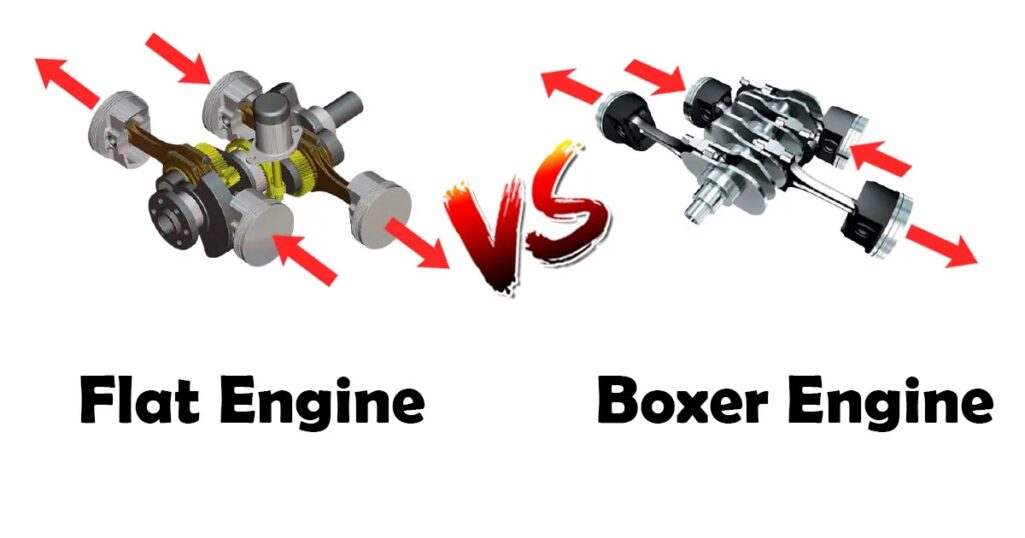
A brief history on Boxer Engines
The boxer engine, also called a flat engine, has horizontal cylinders instead of vertical cylinders, and the pistons move in opposing directions. It was invented by Karl Benz in 1897. The term “contra engine” was used to describe a driving system in which two horizontally opposed cylinders rotated a single crankshaft simultaneously.
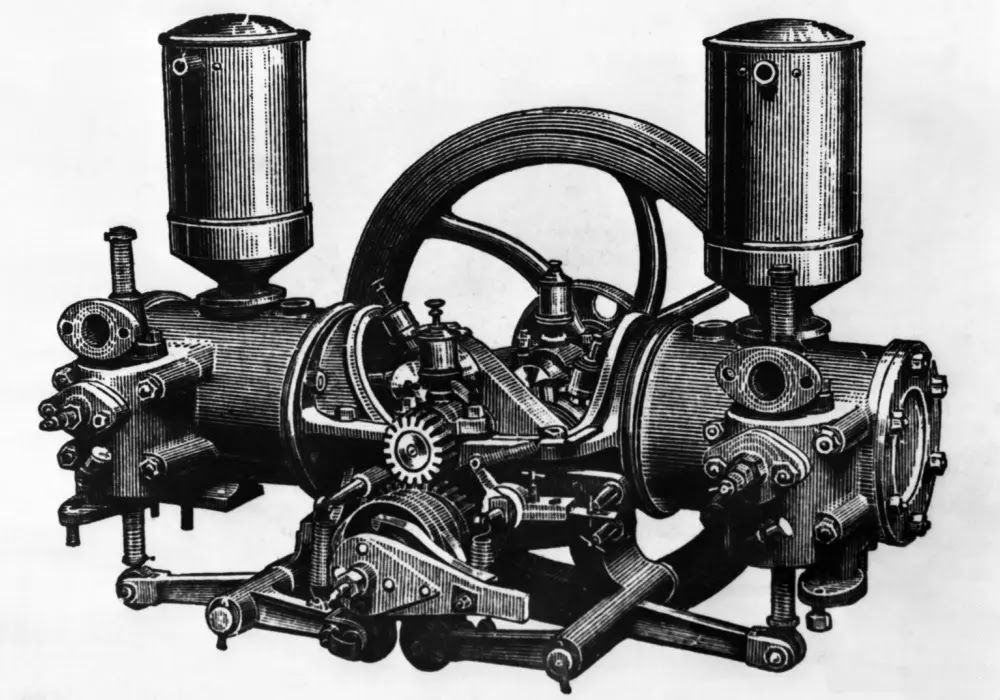
Known as the contra unit, it was the first boxer-type engine in automotive history – and it was used in various applications, including passenger automobiles, commercial trucks, and racing cars. Compared to in-line engines, this innovative drive system provided several benefits.
What are the Advantages of a Boxer engine?
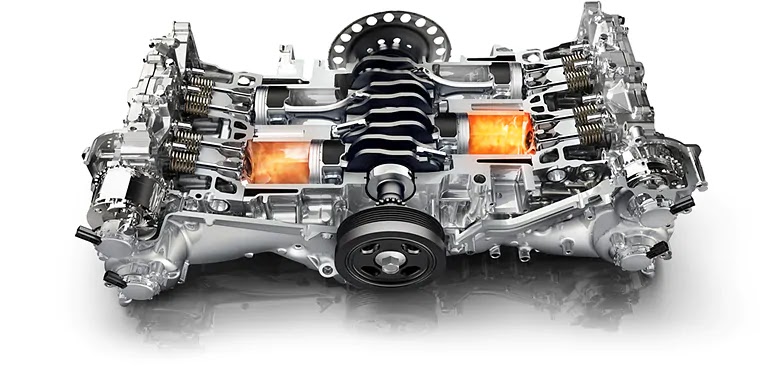
- High performance

The boxer engine’s flat shape and horizontal mechanism facilitate alignment with the driveshaft and gearbox. The piston’s force is transferred directly to the crankshaft, gearbox, and wheels, needing fewer transmission components than an I or V design. So the engine is more efficient since less power is lost in the driving gears.
- More Stable
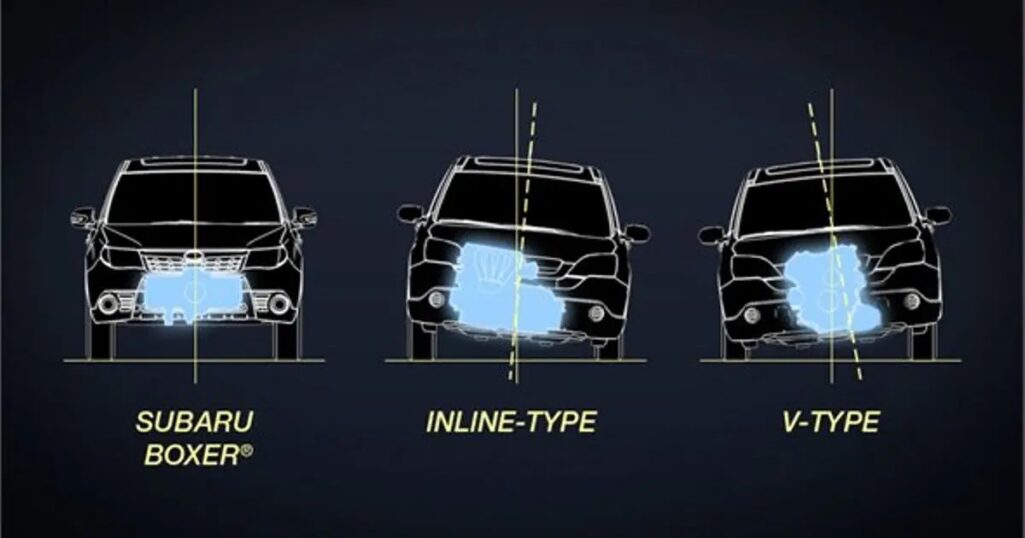
Particularly advantageous to this configuration was that the dynamic masses of the cylinders were better balanced because the timing of the pistons in such an opposed configuration meant that any momentum produced by the power/intake strokes and the exhaust/compression strokes was effectively counterbalanced by the corresponding piston movement of the opposite side.

Due to a double-offset crankshaft, which caused the two cylinders to be somewhat offset inside the open-topped engine frame, this piston movement was made feasible by the piston movement. The boxer engine was able to be designed compactly and flatly as a result of this layout.
- Lower Center of gravity
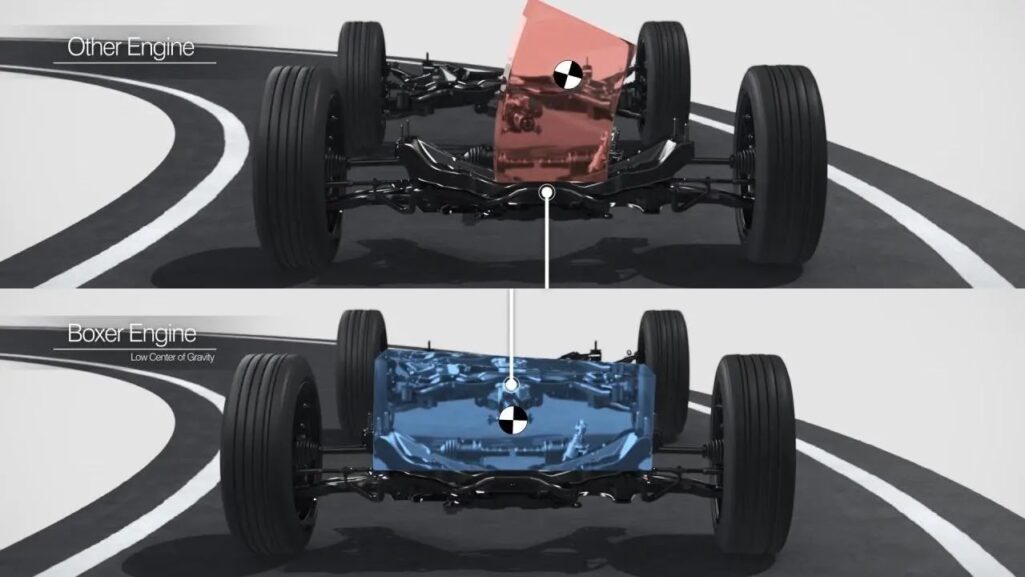
The Boxer Engine, which is designed to be installed horizontally in the engine compartment, provides a lower center of gravity. This reduced center of gravity results in improved balance and stability, as well as enhanced control.
- Safe
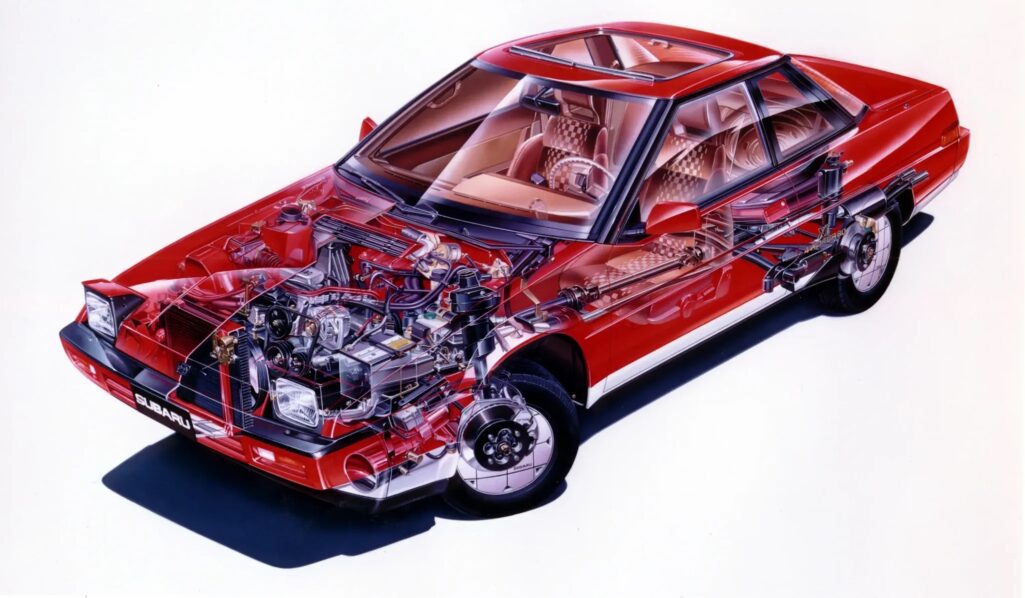
Sometimes, the force of a collision pulls the engine back toward the driver, injuring the driver and passengers. The boxer engine is low and flat underneath the front cabin. In the event of an accident, the engine will not cause severe harm.
What are the disadvantages of a boxer engine?
- Complexity
Up beneath the engine, parts may be tucked up. Also, since their heads face the car instead of open-air, there is a limited amount of room available when such activities, such as removing spark plugs or heads, are done. The cases must be split instead of just yanking off the main caps (as in an inline or vee).

- Size
The horizontal cylinder layout makes the boxer engine broad and low. With such a construction, a unique and complicated chassis is required to neatly organize the engine. Redesigning the chassis is not as simple as it may seem; not only is it a matter of fitting the engine inside, but the vehicle’s performance on the road needs to be taken into consideration as well.
- Increasing capacity is difficult

The only method to enhance the power with boxer engines is to expand the diameter of the cylinder bores. If you can’t increase the cylinder stroke because the width is too wide, it complicates building the engine compartment. When the engine is “oversquare,” meaning the cylinder diameter is greater than the stroke of the piston in the cylinder, combustion efficiency suffers.
- Leak

Other issues that are often cited include leaking head gaskets (since the cylinder is horizontal, the liquid in the cylinder is easier to leak out). The cylinder is worn on one side due to the pistons moving horizontally under the influence of gravity, and so on.
Who still uses Boxer engines?
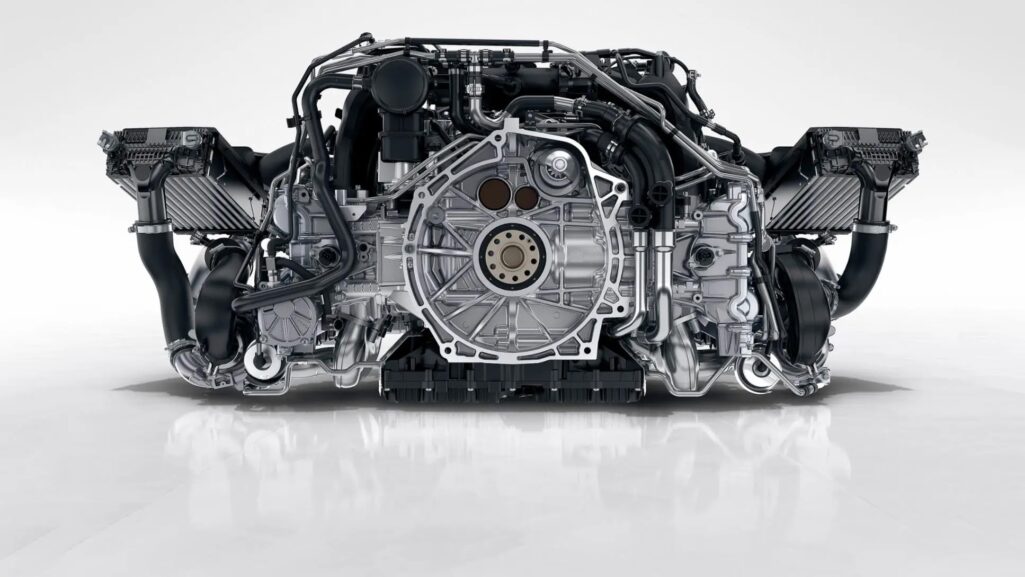
Porsche, Subaru, and Toyota are the only automobile manufacturers that now produce “boxers.” The Porsche 911 has always been powered by boxer engines, and the current lineup has a number of flat-six-cylinder configurations to choose from. All of Porsche’s 718 models, including the 718 Boxster, 718 Cayman, and 718 Spyder, feature four-cylinder boxers (flat-fours). in addition to every Subaru car is powered by a boxer engine
Subaru And Boxer engines
Subaru is the only automotive manufacturer in the world to utilize the boxer engine in all of its vehicles. The Forester, Impreza, Crosstrek, Outback, WRX/STI, Legacy, and BRZ all have it. The flat,. Subaru’s 2.0-liter turbo boxer WRX has won the Wards 10 Best Engines title for the second year in a row.
Subaru has been using the Boxer engine since 1966, and it has been developing ever since. Subaru has said that this would not alter in the future. Their vehicles will continue to be powered by the engine. Subaru is dedicated to the powertrain for three reasons.
Why is Subaru still using Boxer engines in all its cars?
According to Subaru, the main reasons behind still using Boxer engine in all Subaru’s cars is:
- Safety

In its horizontally-opposed configuration, the Subaru Boxer engine contributes to a vehicle’s handling, stability, and, ultimately, safety.
- Durability, Reliability and Lightweight
It’s good that the pistons run in opposing directions since they neutralize each other’s inertia. Good rotational balance implies less vibration and harshness, less wear and tear, and therefore greater longevity, reliability, and reduced cost of ownership.
- Crash Safety Contribution

The Boxer engine is lower to the ground than other engines, so it may be directed beneath the floor of the passenger compartment. That way, there is less of a risk of a passenger being injured in a crash.
My opinion
Well, there are many reasons why could Subaru still prefers the boxer engine over other configurations. But in my opinion, the main reason is the branding, Subaru is known for its boxer since 1966, and it has become part of its brand. In addition to the cost of research and development. A new engine with a more conventional configuration would have cost Subaru more money to create. The manufacturer claims it has improved efficiency to the point where it outperforms certain inline fours.

